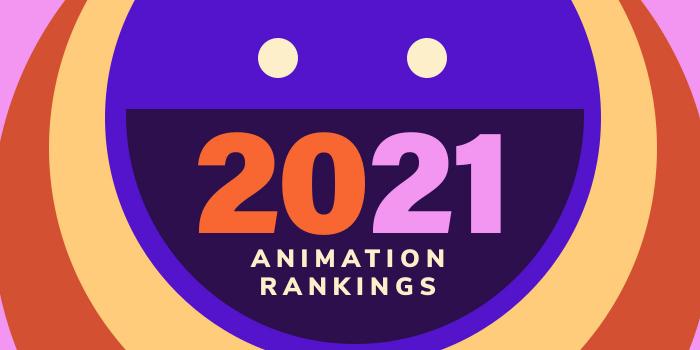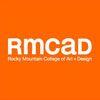Arizona State University (ASU) was founded in 1885 as the Arizona Territorial Normal School. Originally housed in a modest school building, ASU opened with just 33 students training to become public school teachers. Today, the school has four campuses and more than 70,000 students, making it the third largest university in Arizona.
ASU offers 800 fully accredited degree programs in 16 colleges and schools. Programs for aspiring animators are offered in the Herberger Institute for Design and the Arts’ School of Art and School of Arts, Media and Engineering, and in the Ira A. Fulton Schools of Engineering, Polytechnic Campus.
The Herberger Institute for Design, School of Art offers a BFA in Art with a Concentration in Animation and an Art MFA. The Institutes’ School of Arts, Media and Engineering offers a BA in Digital Culture (Graphic Information Technology) with a Digital Media – Media Arts & Design Track, and a Minor and Certificate in Digital Culture. The Ira A. Fulton Schools of Engineering offers a BS in Graphic Information Technology with a Game Art and Animation Track.
The BFA in Art – Animation consists of 120 credit hours of study, including 45 upper division requirements. Dozens of electives are offered for students wishing to enhance the degree with experience in other areas such as game design. Course highlights include 2D Digital Animation, 3D Computer Imaging and Animation, Animation Motion Studies, Encounters with Contemporary Art, Professional Practices for Design and the Arts, Storyboarding and Narrative Sequencing, and The Art Experience.
Elective highlights include 3D Computer Graphics Modeling and Representation, Animating Virtual Worlds, Animation for Film, Computer Animation and Video, Digital-Physical Systems, Experimental Video Art, Fantasy Figure Foam Carving, Game Development, Game Engine Development, Graphics for Games, Guerilla VFX, Moving and Interactive Systems in Sculpture, Prototyping Dreams, Video Game Art, and Visual Effects.
Students will also complete an Animation Capstone that allows them to produce a “substantial animation project of their own devising,” says the school. Students may complete an individually produced short film in any medium or full-length film produced in collaboration with other students. An internship is offered as well.
The Art MFA allows students to select a focus from a range of media including animation, ceramics, intermedia, metals, painting and drawing, photography, printmaking, sculpture, textiles, and woods. Besides access to a range of focus areas, MFA students benefit from individual studio spaces at Grant Street Studios, professionalization workshops, teaching opportunities, and visiting artist and scholar lecture series.
The Art MFA program culminates in a solo thesis exhibition in one of the school’s art galleries including Harry Wood Gallery, Northlight Gallery, and Step Gallery.
The Digital Culture Programs in the School of Arts, Media and Engineering allow students to complete a wide variety of animation courses through electives and the Digital Media – Media Arts & Design Track. 2D Animation, 3D Computer Imaging and Animation, Animation for Film, Animation Motion Studies, Games & Play, Illustration, Motion Graphics & Animation, Stop-Motion Animation, and Visual Effects are just a few course highlights.
The Game Art and Animation Track in the Graphic Information Technology BS Program has five required classes: 3D Computer Graphics Modeling and Representation, Computer Animation, Image Editing and Manipulation, Introduction to Video Game Art, and Special Topics. This 120 credit hour program also includes courses such as Creative Thinking and Design Visualization, Digital Illustration and Publishing, Digital Video Techniques, Graphic Communications, Multimedia Design, Planning and Storyboards, and Web Authoring.
Students in this program will complete a senior project and a three credit hour Professional Portfolio Design and Presentation course.
Graduates of the animation programs at ASU are prepared for a wide range of careers in animation, game art, illustration, modeling, motion graphics, multimedia art, special effects, video game design, visual media, and many others.












